|
The in-seat monitors are streaming code that reads “Caution: Extreme Danger” as if we’ve somehow been transported back to 1991, precipitating a journey to the world’s most dangerous city. But it’s not 1991 and our flight to Medellin is only slightly delayed by the electrical failure that keeps our Boeing A320 grounded for twenty concerning minutes. And almost as soon as we’re airborne, we’re ready to land, setting down in Colombia’s capital of the “new.” A midday taxi ride to our guesthouse in the trendy El Poblado neighborhood takes us through Medellin’s city center, filled with small shops, restaurants, and prostitutes. Much of the rest of the city feels like it too, is “developing,” but not El Poblado. El Poblado is as developed as any chic neighborhood in San Francisco, Portland, or Denver. Boutiques, artisanal coffee shops, brew pubs, and international restaurants carve out spaces along the tree-lined streets. On the weekends, the neighborhood is overtaken by party-goers. We make our way to an Atletico Nacional futbol game in the stadium Pablo Escobar helped build and mistakenly enjoy non-alcoholic beer (because, we’re told, if they serve alcohol, the fans will kill each other) while watching Colombianos wave banners, sing songs, and cheer non-stop, 45 minutes at a time. It’s truly a once in a lifetime experience and an exciting welcome to South America. A day later and two hours east, La Piedra (the stone), near Guatape, blows our mind. The peak of this massive rock is 2,135 meters (7,005 feet) above sea level, rising out of an explansive island landscape. We climb the 650 stairs to the top and drink the best micheladas we’ve ever had. Later during our time in Medellin, we ascend the city’s surrounding mountains via the Metro Cable, a public transit system opened in 2004 to provide access for the city’s most remote neighborhoods. From the Acevedo metro stop, we climb in the enclosed gondola lift and ride to Santo Domingo, then switch stations to make the final stretch all the way to Parque Arvi. Up and over the incredible mountains that enclose this valley city, the trip to the park makes for a beautiful, if slightly terrifying (fear of heights, anyone?!), adventure. We’re headed west. To the San Javier district and Comuna Trece, where Medellin’s dark history is slowly eroding through hopeful rebuilding efforts. Colorful homes scale the mountainside, painting a beautiful backdrop for Los Escalares, 385 meters of escalators built to connect what used to be Medellin’s most dangerous neighborhood with the rest of the city. In the literal sense, these escalators have given this community better access to the rest of the city, turning a 30 minute walk up steep stairways into a 6 minute ride. Symbolically, they are a beacon of hope and promise. The city’s desire to bring communities together and instill a sense of optimism and ownership in its residents. Moments after the slow ride down the escalators, while drinking beers in a San Javier park, we’re swarmed by a group of local schoolchildren. They leave the nearby swings and playground benches to inquire about us, these strange foreigners from the United States. We’re peppered with questions in Spanish - “Do you speak Spanish?” “Where are you from?” “How long are you here?” “Do you sing?” “Do you dance?” - and we marvel at their openness and interest in others. We try to keep pace with them, but our spanish isn’t good enough. Instead, we take it one word at a time, laughing together as the kids crack jokes we mostly don’t understand. A truly memorable twist to a simple experience.
Medellin is a mixed bag of new projects, change, and optimism, underlaid with cautionary tales of its violent past. But because each experience here feels so hopeful, it’s impossible to imagine anything but a positive future for the city and its people.
0 Comments
The second day of our short visit to coastal Cartagena just happened to be Ryan’s birthday. So we went out, danced for hours, partied like he was turning 22 instead of 32, and struggled mightily the next day. Cartagena is downright beautiful, so we've decided to spare you the debauchery details and let the photos of this colonial city speak for themselves...
Arriving late in a new country, on a new continent, after an 11 hour flight is enough to throw your internal clock out of whack for a few days. Add in nearly 9,000 feet of elevation and a 30 degree temperature drop and you’re looking at a minimum of 48 hours of recovery. Our (excitingly rare) direct flight from Madrid lands in Colombia’s capital of Bogota, a sprawling city home to 6.7 million people. The air is cold and dry, reminiscent of Colorado, making the beach that we were laying on less than two days ago feel (accurately) very far away. We wind through crowded streets of what appears to be an even mix of college students and homeless men as the Friday night scene in Bogota’s “bohemian” La Candelaria neighborhood plays out. Hotel Casa Deco, a small boutique hotel in the heart of La Candelaria with a boatload of sustainability and community outreach initiatives (see the story here), is the perfect home base for our four night stay. With a zombie-like gaze, we shuffle out the next afternoon, in search of some authentic Colombian food. Our first glimpse of the neighborhood in the daylight reveals an eclectic mix of boutiques, hostels and restaurants, sitting next to abandoned buildings and trash bags torn open for redeemable recyclables. A group of homeless men lean against brightly colored buildings adorned with beautiful murals. It’s certainly “up and coming,” without having entirely arrived yet. We enjoy the menu del dia - a three-course lunch of soup, rice, a bean cake and watermelon juice, for under $5 a piece and head down to La Plaza de Bolívar, which is alive with locals and pigeons on Saturday afternoon. That evening, after a quick dinner, we’re reminded by the team at our hotel to be careful at night. La Candelaria is a few blocks away from a very impoverished area and we’ve read in a few places that “knife muggings are downright common,” especially at night when the police presence is diminished. Other than a few persistent, intoxicated and borderline aggressive men late one night, we generally feel comfortable, but keep aware of our surroundings. Sunday is the best day in Bogota. Experiencing the Ciclovia, a Colombian tradition when the streets close and the locals head outside to walk or bicycle with their families, is comparable to Colombian culture cliff notes. The streets are packed with vendors selling everything from cheap shoes, to arepas (fried corn meal patties stuffed with chocolate or cheese), to jewelry, avocados and empanadas. On every other block groups of people circle around a huddle of guinea pigs, placing bets on which of the small group of numbered cups the little rodent will race into. Twenty-something boys breakdance on broken down cardboard boxes next to the static blares of an old boombox, while further on young women compete on the classical violin. It's a party that happens each Sunday, without fail. Starting to feel a little more like ourselves the next day, we walk to the Botero Museum. Located in the heart of La Candelaria, within a beautiful colonial building, the museum holds hundreds of Botero paintings and sculptures. Spending a couple hours meandering through the beautiful halls is a welcome break from the consistently chaotic skinny sidewalks (many with random foot-deep holes that can be a bit treacherous to navigate after a beer at 9,000 feet). Our final agenda item has been peering down at us since our arrival. The Cerro De Monserrate, sitting high above Bogota’s historic district, is visible from our hotel room and most of La Candelaria. Having partially acclimated to the altitude, we decide to skip the tram and embark on the pilgrimage up the mountainside. A "steep climb" is an understatement. The vertical hike takes over an hour and is a both a strengthening and humbling experience. At the top, views of Bogota stretch into the distance, airplanes fly by and skyscrapers look like Legos. It’s the first time since arriving in South America that we feel healthy, grounded, and relaxed. Just in time to catch a flight to coastal Cartagena in search for warm temps, sun, and celebration for Ryan’s upcoming birthday.
We arrive late to our spacious Valencia loft on the outskirts of the historic city center. After a two hour flight to Madrid followed by a two hour train ride, we’re happy to be in Spain’s third largest city along the "Orange Blossom Coast.” Unlike Madrid, Barcelona, or Sevilla, Valencia has only recently become a popular tourist destination. Yet in only a few days, we learn that there are plenty of reasons to visit. So, in the spirit of how relaxed we feel in this beautiful place, we’re simply going to list our top 7 favorite things about Valencia. The bonus? They’re all completely local, cultural, and environmentally sustainable. Turia Park The largest park in all of Spain, this former riverbed spans 9 kilometers, snaking from one end of the city to the other. With bike paths, running paths, futbol fields, amphitheaters, and even a small lake, it has everything you could ever want in an outdoor space. Malvarrosa Beach Sprawling, wide, and with gentle warm waters, Malvarrosa Beach is the perfect place to spend a summer (or early fall) day. We certainly did. Valencia Cathedral and the Holy Grail Valencia Cathedral is gorgeous, however the real draw is what’s inside. Just within the cathedral walls is what most historians agree is the chalice used during the last supper, or what became known as the holy grail. Agua de Valencia A Sangria-like drink made up of freshly squeezed Valencia orange juice, cava, gin and rum. Perfectly drinkable any time of the day, almost always on an outdoor patio. Need we say more? Ciudad de los Artes y Ciencias An incredible complex of architectural modernism that is home to an aquarium, planetarium, science museum, and convention center. It’s Valencia’s number one tourist draw. Paella & Tapas Many consider Valencia to be the birthplace of Spain's famed rice dish, paella. Translating to "one pan," there's even a number of restaurants that serve the vegetarian kind. Like other cities across Spain, Valencia is also home to incredible tapas. Don't miss sauteed portabella mushrooms, tomatoes drizzled with olive oil, Spanish tortilla and bocadillos. Add a tall glass (or mug) of homemade sangria and consider your Spain bucket list complete. Central Market
Located in the historic center, this massive indoor market is where you can find all the Spanish goodies you’ve ever dreamed of, including cheese, fresh pressed juice, produce and even craft beer. A very acute contradiction exists among the images of Morocco. Travel magazines like Afar or Travel+Leisure depict peaceful sanctuaries of elaborate tilework and intricately decorated gardens. Sun splashed courtyards with heavenly mint tea amidst colorful stone walls evoke the most romantic notions. But step foot in the Fes or Marrakech medina and a different feeling emerges. Questionable odors, streams of unknown liquids, animals on chains, and a sea of pushy, trinket-slinging Moroccan salesman dominate the streets. The truth is, both images are real. How they comingle is what makes Morocco such an intriguing place. There’s a simple pleasure in the arrival - any arrival - after traveling a long distance. After nearly 8 hours on the train from Fes to Marrakech, stepping onto the station platform is a joyous occasion. And after the narrow streets of Fes, being greeted by Marrakech’s modernity and open spaces is another greatly appreciated change. A short taxi ride from the station, Jemaa El Fna, Marrakech’s world famous plaza in the center of the medina, is awash with tourists and locals attempting to sell something - anything - to tourists. Snake charmers, henna artists, musicians, men with monkeys on chains, and Argan oil salesmen each stake out claims in the center of the square. Horse-drawn carriages pass by and rows of carts sell freshly-squeezed orange juice for 4 dirhams (about 60 cents) a cup. Our riad, again, is a beautiful respite from the chaotic and odiferous streets. Vines climb the south-facing grey stone walls and the center garden catches the day’s last rays of sunlight. Marrakech’s grasp on tourism is vastly improved over Fes and while more shops and restaurants make life easier on travelers like us, sales tactics are more evolved. As we walk through the medina’s tight streets, vendors welcome us, ask (or guess) where we’re from, then request we look in their shop, all in a matter of seconds. Shouts of “Madame,” “Australia,” “Bonjour,” and “Hola” come from every corner. Pushing through the narrow lanes and small plazas of the souks (markets) on our second day, we make our way to Madrasa Ben-Youssef, the largest Islamic college in Morocco. Founded in the 14th century, closed in 1960, then renovated and reopened to the public as a historical site in 1982, it’s an architectural wonder. Vibrant, symmetrical tiles splash the courtyard walls with color and life. Small dark rooms where students once lived make up the rest of the ancient college. And as with most buildings in Morocco, the quiet interior provides peace and calm from the tumultuous streets. The next day we head to the beautiful Bahia Palace, built in the late 19th century. After our visit, we learn that Si Moussa, the grand vizier of the sultan, built the palace’s central basin and its surrounding rooms for his concubines. My how times have changed. Making our way back to the riad, passing half-starving stray cats in dark alleyways, we again walk through the main square, Jemaa El Fna. Snake charmers taunt cobras and vipers, lying out of the sun under umbrellas. The cobras stand up in a defensive posture, sneering at the men playing loud music and jeering the venomous reptiles with their flutes and drums. A few feet away, large monkeys on chains (more overt animal cruelty than in Thailand, where monkeys wear diapers) bounce up to their “master’s” shoulders as the handlers try to push them on tourists in exchange for cash. Through the square and among the shaded alleyways, turtles and chameleons live stacked on top of one another in tiny cages. These images reveal the unsavory reality that in places like Marrakech, people will do almost anything for money. At a point when we may be feeling our lowest about Morocco, we spend an afternoon visiting both Henna Cafe and Marrakech Henna Art Cafe (we’re just as confused by the similar names as you are). Henna Cafe offers henna, tea, and traditional Moroccan snacks to support its education and empowerment initiatives for local Moroccan women. Providing jobs and classes for women in need, it’s a social enterprise giving back to those in the community who have little else to rely on. Meanwhile, on the other side of town, Marrakech Henna Art Cafe is following a similar path. Lori Gordon, an artist from South Dakota, opened the cafe earlier this year with hopes of giving back to the community in her own way. Serving up henna art and delicious eats, Lori recently founded a sister non-profit that will support underprivileged Marrakech youth through free art and photography lessons. And again, visions of hope oppose images of exploitation. Beautiful riads, charming ancient buildings, and altruistic entrepreneurs clash with the often unseen, grittier side of Marrakech. Like many places we’ve traveled, it’s not a matter of what’s nice or not; what we like or dislike. It’s the space in between the peaceful images in magazines and the chaotic reality that makes traveling here so fascinating. We’ve come to appreciate the slight discomfort and imperfection that comes with the beauty of each experience.
|
Cohica TravelA travel design agency. Categories
All
Archives
October 2023
Follow us on Instagram @CohicaTravel
|



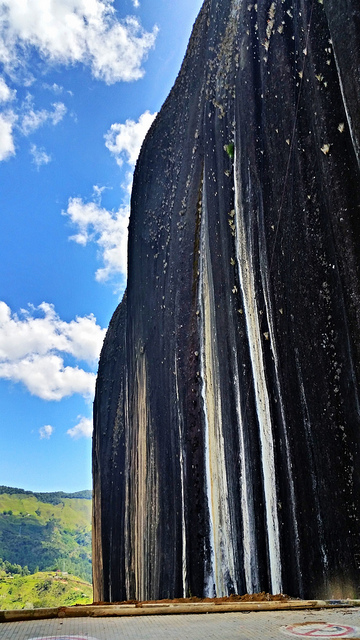







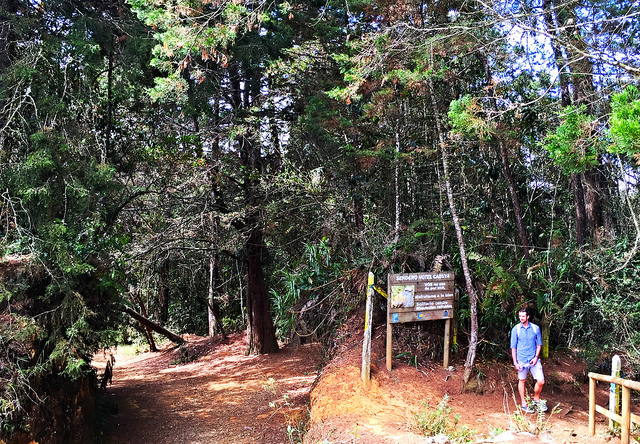

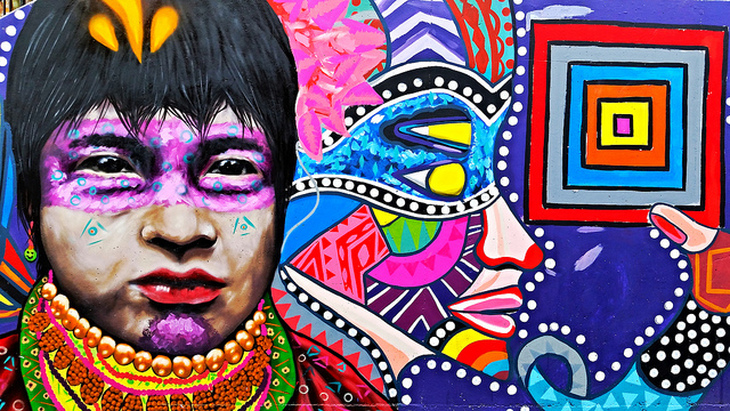





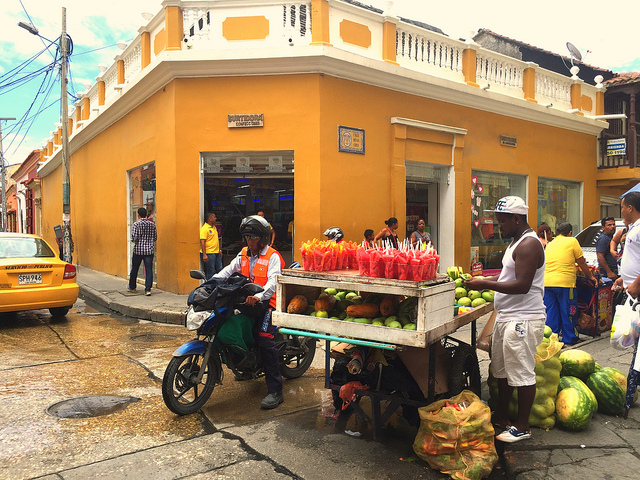


























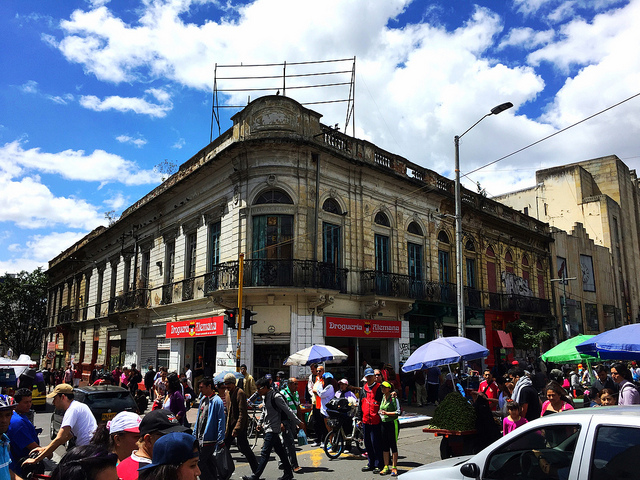
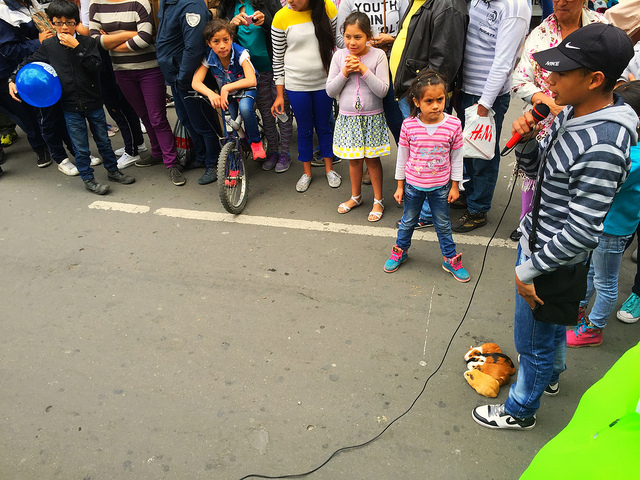


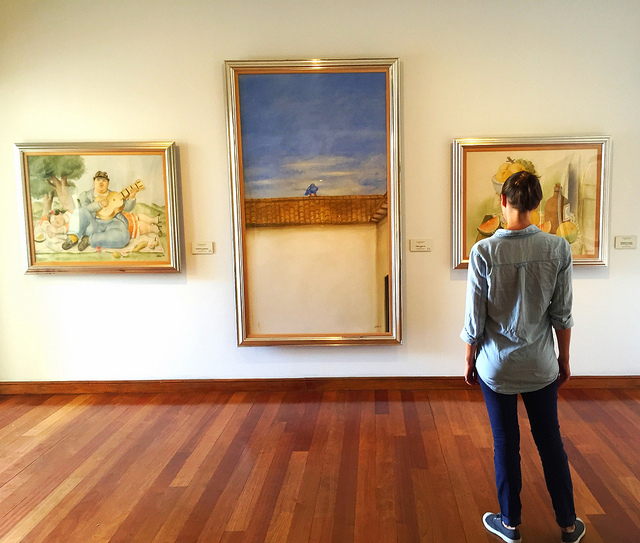





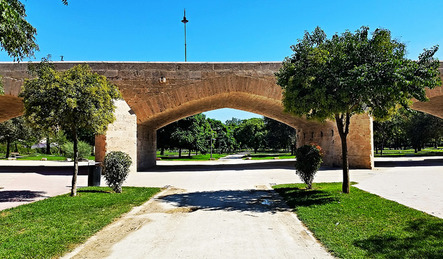
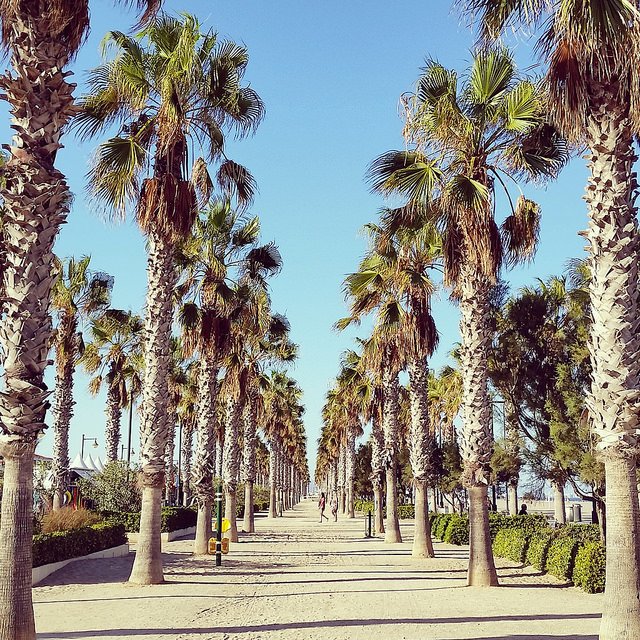


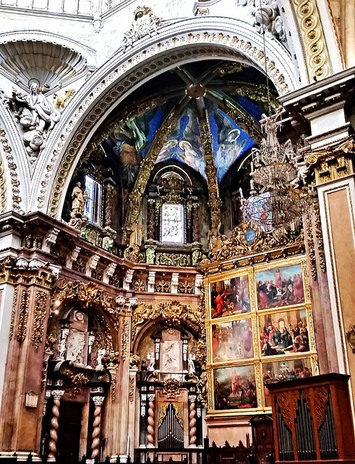








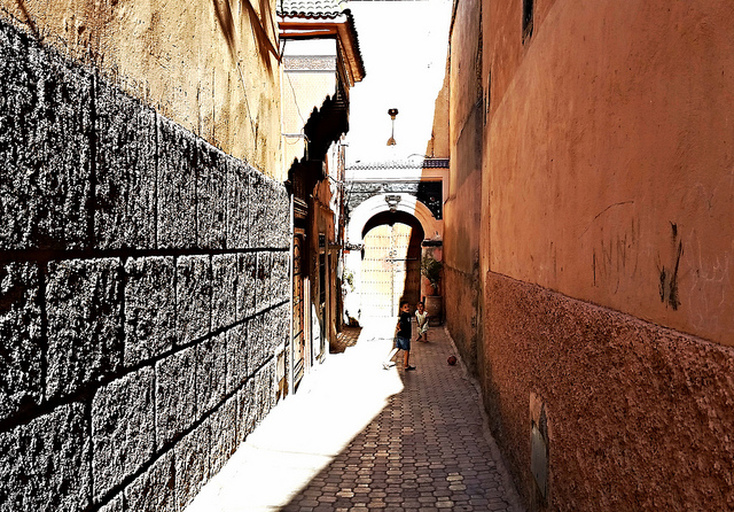


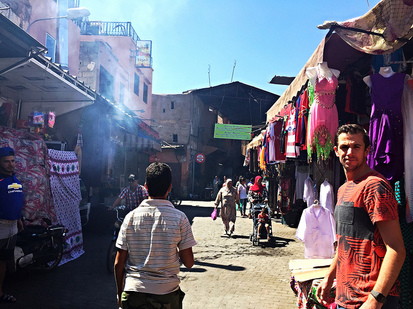

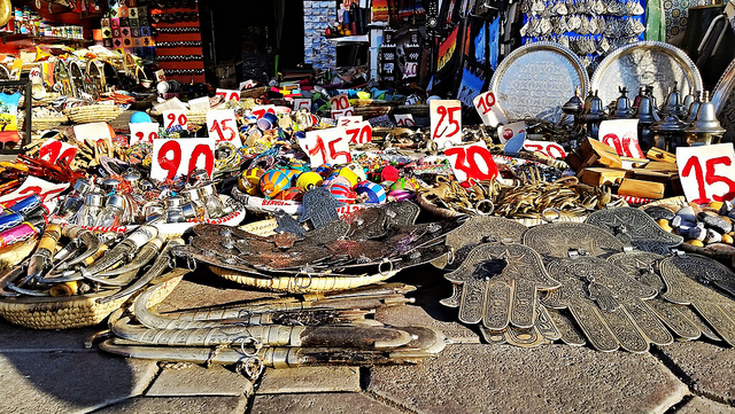












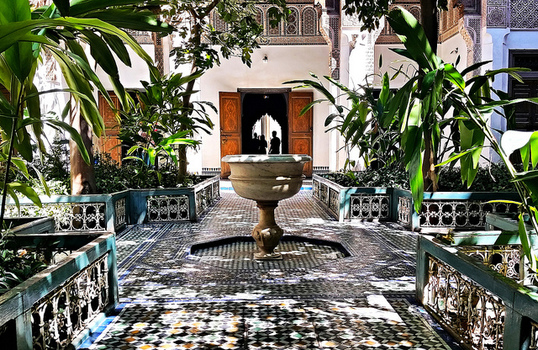

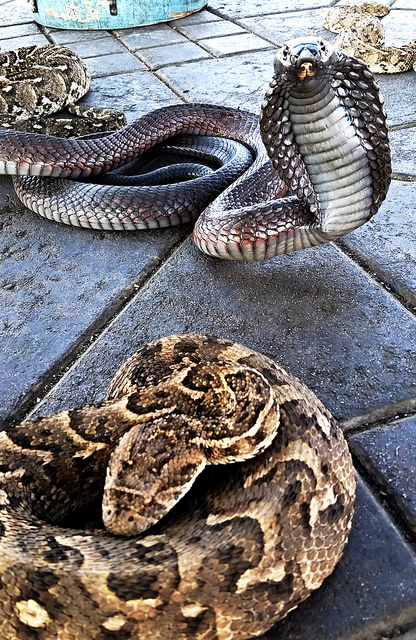






 RSS Feed
RSS Feed
